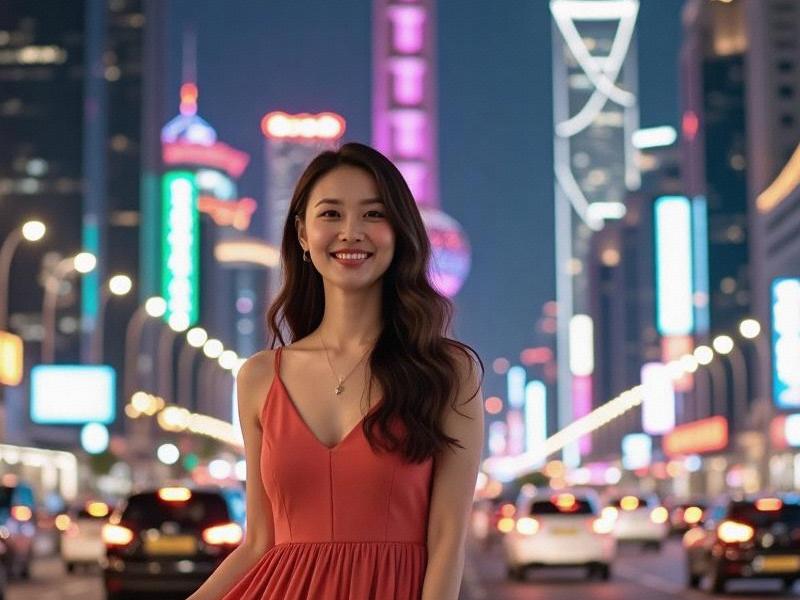This investigative feature examines how Shanghai's women blend centuries-old elegance with cutting-edge modernity to crteeaAsia's most distinctive urban femininity.

The morning light filtering through the plane trees of the French Concession illuminates a daily fashion parade unlike any other in China. Here, 65-year-old Madam Wu adjusts her vintage silk scarf before her morning tai chi session, while nearby, 25-year-old tech entrepreneur Zhang Lei power-walks to her startup office in Balenciaga sneakers and a tailored cheongsam-inspired dress. This seamless coexistence of tradition and avant-garde defines what sociologists now call "the Shanghai feminine paradox" - a unique cultural phenomenon reshaping perceptions of Chinese womanhood.
At the heart of this phenomenon lies Shanghai's complex history as China's gateway to the world. "The Shanghai woman was born at the intersection of East and West," explains Dr. Emily Chen, gender studies professor at NYU Shanghai. "The 1920s 'Paris of the East' created a template where women learned to navigate both qipao silks and flapper dresses." Today's manifestations are equally fascinating: data from JD.com shows Shanghai women account for 38% of China's luxury "hybrid" purchases - items like Gucci brocade bags featuring peony motifs or Rolex watches with cloisonné dials.
上海花千坊419 Beauty routines reveal similar duality. While the city boasts China's highest concentration of SK-II facial treatment boutiques (17 locations), traditional remedies remain wildly popular. The century-old Zhang Xiaoquan knife shop now reports 40% of its customers are young women purchasing jade rollers for gua sha rituals. "My grandmother's recipes and La Mer cream work better together," laughs finance analyst Fiona Wang during her lunch break at Xintiandi.
The workplace transformation proves equally striking. In Pudong's glittering towers, women now hold 43% of senior fintech positions (2024 Shanghai Women's Federation report). What's more remarkable is how they're changing corporate culture. At global consulting firm McKinsey's Shanghai office, "power dressing" now incorporates elements like embroidered collar details on blazers. "We call it 'steel-and-silk leadership,'" says partner Jessica Liu. "Being uncompromisingly professional while celebrating feminine aesthetics."
上海喝茶群vx
This cultural confidence manifests most vividly in Shanghai's creative industries. At M50 art district, women-led studios are reinventing Chinese motifs - artist Tian Wei's viral "Digital Qipao" NFT collection blends traditional embroidery patterns with cyberpunk aesthetics. Meanwhile, homegrown fashion brands like Uma Wang and Ms Min have gained international followings by reinterpreting Shanghainese elegance for global runways.
上海品茶论坛 Yet challenges persist. The pressure to maintain "perfect porcelain skin" drives Shanghai's $2.3 billion beauty industry, but also fuels concerning trends. Plastic surgeon Dr. Wang Jian reports a 30% annual increase in requests for "natural-looking" procedures among university students. Countering this, grassroots movements like MyShanghaiFace celebrate local features like the coveted "phoenix eyes" rather than Westernized ideals.
As evening descends on the Bund, the full spectrum of Shanghai femininity comes alive. Influencers stream makeup tutorials against the neon skyline while grandmothers in linen pajamas practice fan dancing on the waterfront. In this city where Art Deco buildings house blockchain startups, perhaps the true Shanghai beauty secret is this: the wisdom to honor one's heritage while writing the next chapter. As third-generation Shanghainese designer Lulu puts it: "Our magic isn't in looking East or West - it's in knowing we're the best of both."